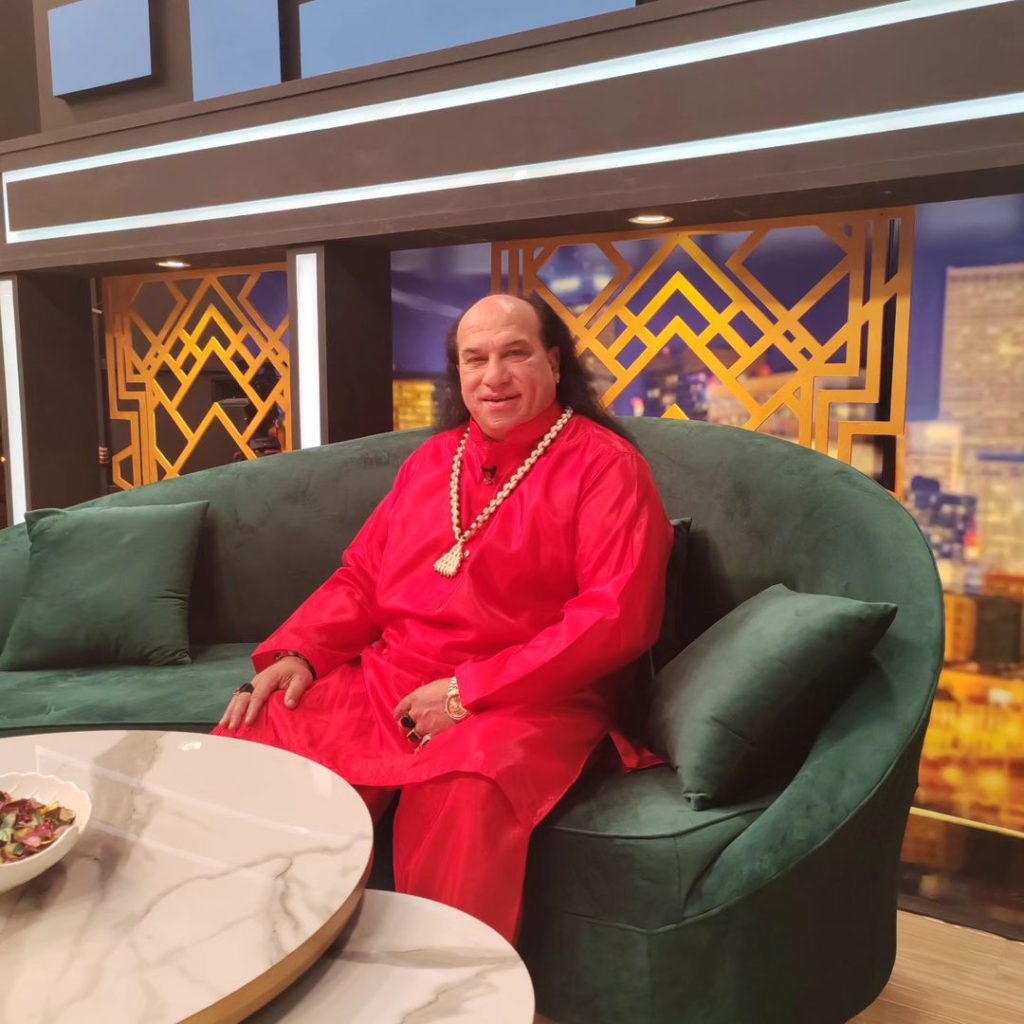You know you’re a social media aficionado if your mind constantly plays viral Reels’ songs on loop. And if you’ve been on the Internet lately, you’ve surely heard these “Bado Badi” lyrics:
“Hoye hoye aaye haye, oye hoye oye hoye
Aaye haye aye haye, oye hoye oye hoye
Bado Badi, Bado Badi
Badu Badi, Badu Badi”
Copyright Claim
Pakistani singer Chahat Fateh Ali Khan‘s recent hit track, “Bado Badi” quickly gained popularity across South Asia. It has been a rage on the Internet ever since, turning into a trending Instagram Reel audio as well!
However, last week the viral song was suddenly pulled off YouTube due to a copyright dispute. “Bado Badi” is said to be a rendition of a classic piece originally performed by the iconic Pakistani artist Noor Jehan in the 1973 film “Banarasi Thug.“
Also Read: Meet Politician Chirag Paswan: Internet’s New Crush
The Virality
“Bado Badi” amassed millions of views within just a month of its release in April 2024. The song became so viral on every social media platform that it was seen, liked and shared heavily. Multiple memes were created and shared too. The song’s success transcended borders, capturing widespread attention in countries like India, Pakistan, and Bangladesh.

Despite or due to the virality, the Pakistani singer’s version of the song faced removal from the platform following claims of copyright infringement. Chahat Fateh Ali Khan was seen crying when he got the news.

His Musicality
Chahat Fateh Ali Khan first rose to prominence during the lockdown through his music videos shared on various online platforms. Some of his songs are “Pyara PSL,” “Lota Lota,” “Gol Kattara,” and “Tu Chor Chor Chor.” His songs are characterized by repetitive beats and altered lyrics from existing tracks. His unique approach to music has sparked numerous memes online. He was even extended an invitation to the IPPA Awards in 2023.
However, Khan’s unconventional style elicited mixed reactions from the public. Some view it as entertaining, while others criticize it for its lack of musical depth. This ongoing debate surrounding his work reflects broader discussions on entertainment, audience engagement, and the definition of artistic expression.


